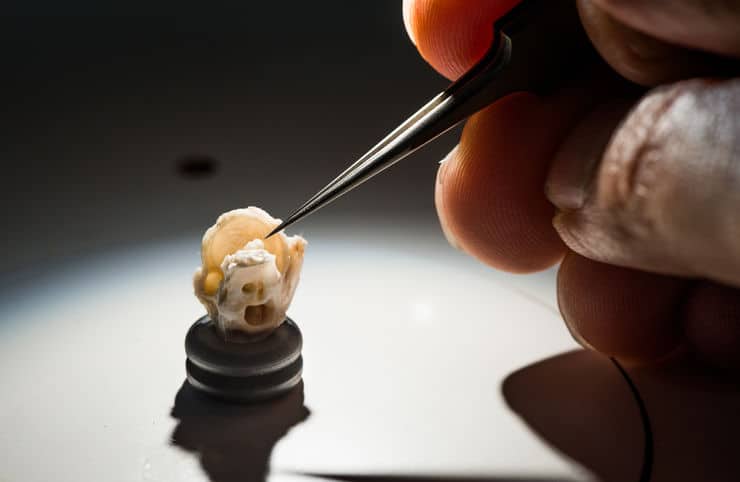Study Could Change Design of Cochlear Implants

PORTLAND, Ore. — The cochlea in the inner ear detects low-frequency sound in a manner very different than previously known, a discovery that may make it possible to design better cochlear implants for people with hearing impairments.
The finding is the result of research from scientists at the Oregon Health and Science University and Linköping University in Sweden.
It was published in the journal Science Advances. “It was an astounding moment when we first recognized this finding,” said co-author George Burwood, Ph.D., research instructor in the Oregon Hearing Research Center at OHSU.
The discovery involved the use of advanced imaging technologies on guinea pigs, whose hearing in the low-frequency region is similar to that of humans.
The OHSU and Linköping scientists found that microscopic hair cells in the spiral-shaped inner ear, known as the cochlea, react simultaneously to low-frequency sound — a first-of-its-kind discovery that could greatly improve the design and effectiveness of cochlear implants.
Until now, it was thought that each hair cell had its own “best frequency” to which it responded most, and cochlear implants are designed to mimic that process.
“This observation counters a century of consensus regarding frequency mapping in the inner ear,” Burwood said. “We spent a long while devising further controls and analyses to ensure what we had found stood up to scrutiny.”
In addition to Burwood, co-authors include Alfred Nuttall, Ph.D., director of the Oregon Hearing Research Center at OHSU; and Pierre Hakizimana and Anders Fridberger of Linköping University.
Dan can be reached at [email protected] and at https://twitter.com/DanMcCue.
























